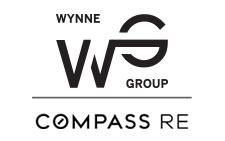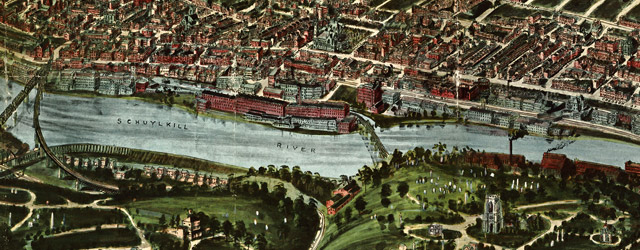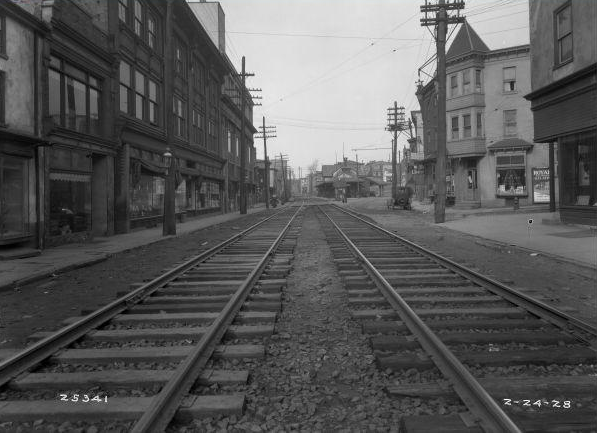Get to know the many neighborhoods of Philadelphia in Agent Lady’s blog series “Philly Neighborhood Spotlight.” Whether you are looking to buy a home in this wonderful City of Brotherly Love or just want to get to know the lay of the land, read about the history, location, and highlights of Philly neighborhoods.
Location
bigmapblog.com
Manayunk sits northwest of Philadelphia’s Center City. The boundaries of the Manayunk neighborhood are blurred and don’t have an established ending point. The Manayunk Council of Neighbors has set the following boundaries. The boundaries are from the Schuylkill River to Manayunk Avenue and from Fountain Street to Ride Avenue.
It’s located just a short train ride from Center City. Bus routes also serve as transportation from Manayunk to Center City.
History
The name Manayunk comes from the from the Native American Lenape tribe’s word meaning, “where we go to drink.” Since the Schuylkill River played a major part of the neighborhood’s creation and history.
William Penn first purchased the land in 1685, but then sold it to Jacob Levering in 1716. It was not part of the city of Philadelphia and was called Flat Rock in 1810. The name was changed in 1824 when the residents were dissatisfied and changed it to Manayunk.
The Schuylkill River was extremely beneficial to the residents of Manayunk. A dam and the country’s first canal was built and provided power to the town. German, Polish, and Irish immigrants made up most of the population of Manayunk and were mostly working class. They built multiple churches, which can still be seen today.
In 1840, Manayunk was considered its own borough. This didn’t last for too long, though. Just 14 years later, Manayunk became a part of Philadelphia thanks to the Act of Consolidation in 1854. Though it was now part of Philadelphia, the community maintained it’s small-town feel and identity.
For the next hundred years, the neighborhood would thrive with manufacturing centers. However, come the 1980’s there was a drastic decline of manufacturing jobs, leaving residents jobless and storefronts vacant. In the 1990’s, developers decided to revitalize the neighborhood and renovate the row homes that lined Manayunk’s hilly streets. Empty lofts and warehouses were transformed into lofts and a new demographic started to move into the neighborhood.
Atmosphere
Manayunk is a unique neighborhood of Philadelphia because of its small-town feel. With steep hills, small row homes, the Schuylkill River, and nature trails, residents don’t feel as if they life in one of America’s major cities. Restaurants and bars make up Main Street and are scattered throughout the hills of Manayunk. Nightlife is popular in the neighborhood, especially along Main Street. It’s also close to plenty of hiking trails such as the Wissahickon trail.
Manayunk’s population is made up of young professionals, postgrads, and upper-middle class families. It’s the perfect neighborhood for someone who wants to be close to the city, but feel like they life in a small town.
Highlights and Events
Manayunk is known for its StrEAT Festival, which occurs twice a year. Philadelphia food trucks line the street along with craft vendors while patrons can enjoy life music on Main Street.
Residents can enjoy upscale restaurants for an affordable price during Manayunk’s Restaurant Week, which takes place in the spring. Patrons can enjoy meal courses ranging from $15-$35 at their favorite restaurants.
Schedule Your FREE Buyer Consultation Today
Looking to Move?
Does a small-town atmosphere sound like somewhere you’d like to live? Does living near hiking trails and close to Center City make you excited? Make sure to contact Philadelphia’s leading real estate agent, the Agent Lady! Schedule your FREE consultation today to learn more about Manayunk.
About Brittany: Brittany is the super organized (and awesome) marketing assistant that helps home buying and selling clients have the best experience possible. She also shares her creative side by writing compelling short stories about the home buying process that are loosely based on actual client situations and captures the authentic feel of Philadelphia neighborhoods.






